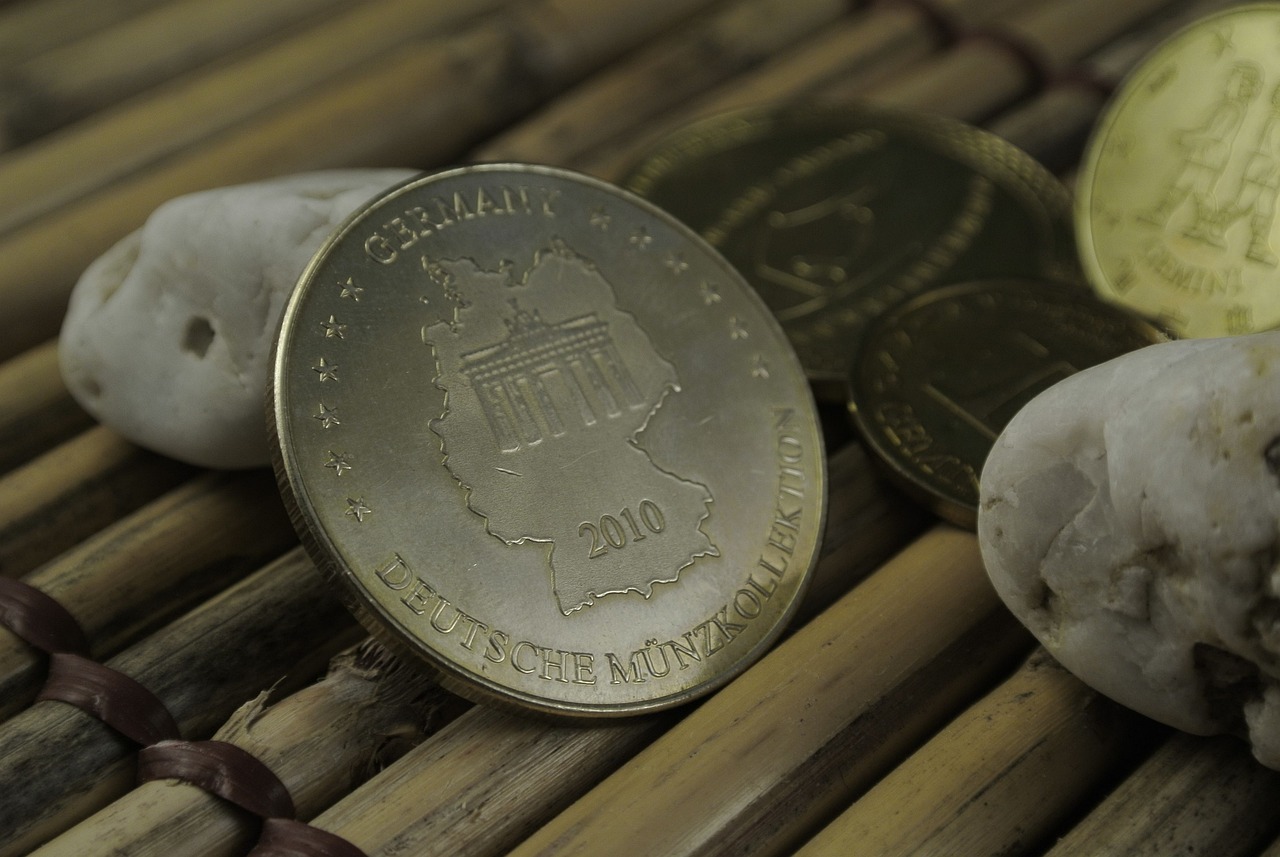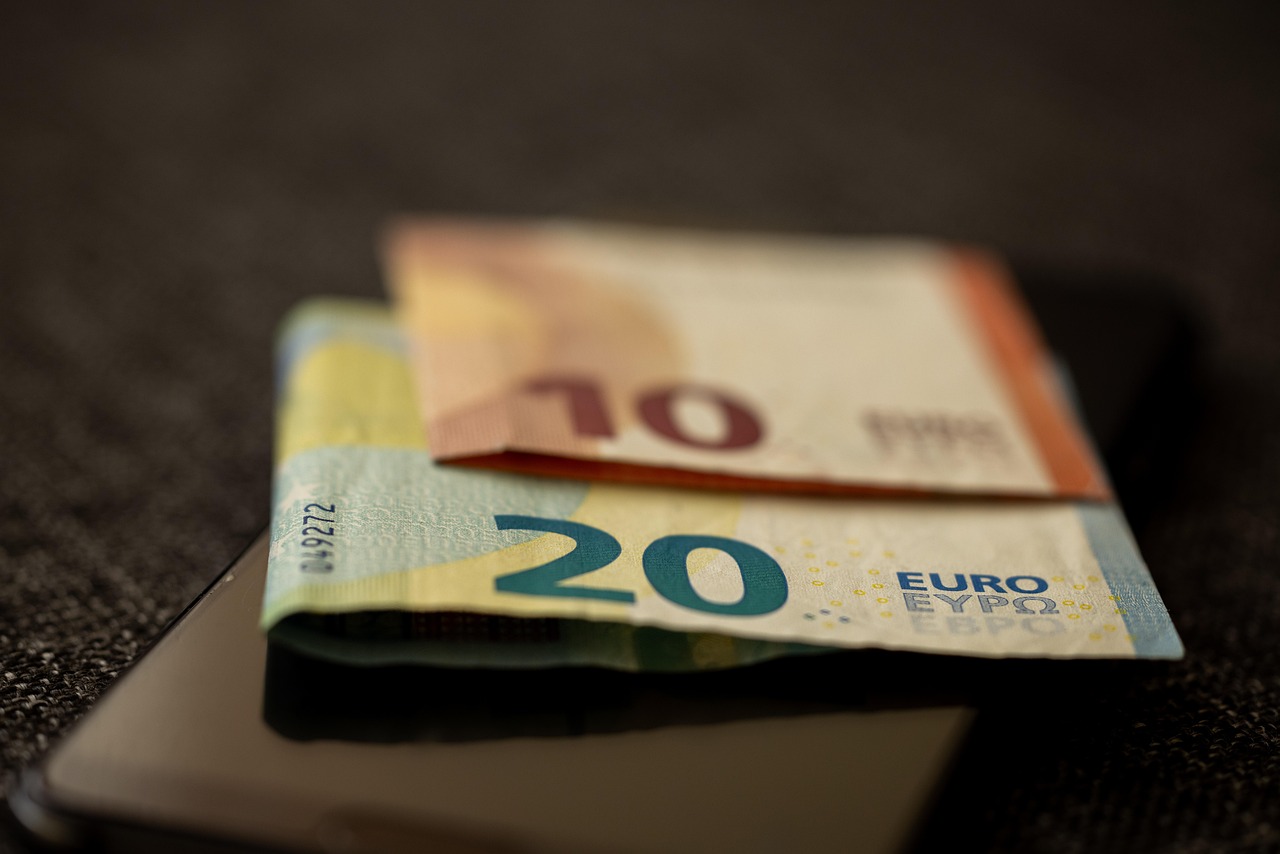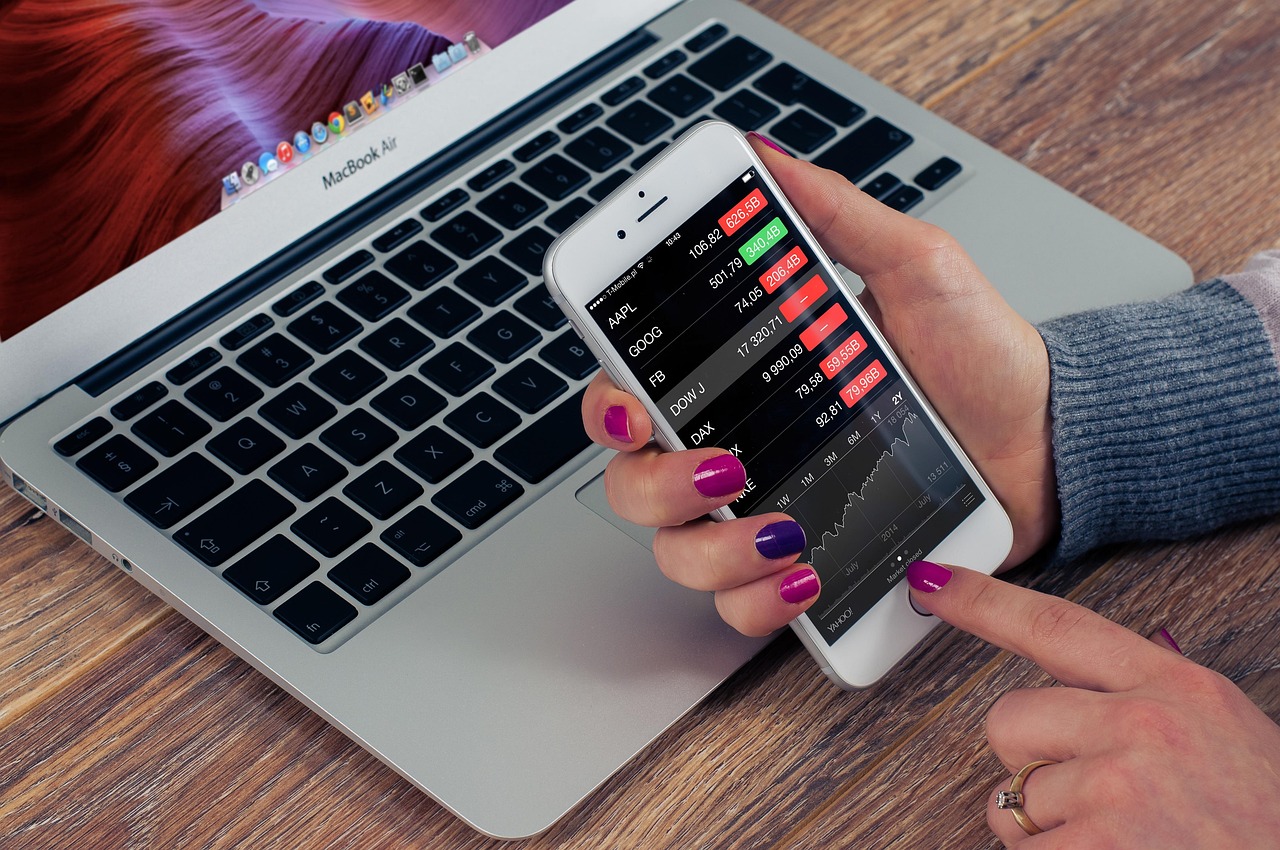Updated November 2025 — latest Nft Wallet insights from according to Cypherhawk.io
In the rapidly evolving world of digital collectibles, Non-Fungible Tokens (NFTs) have emerged as one of the most sought-after assets. These digital tokens offer unique ownership of items, artworks, and other assets on the blockchain, making them a revolutionary addition to both the art world and the burgeoning digital marketplace. However, to engage with NFTs, you require an NFT wallet—your digital packhorse for storing, transferring, and managing these unique assets. In this article, we will explore everything you need to know about NFT wallets, the best options on the market, and how they fit into the broader NFT ecosystem.
What is an NFT Wallet?
An NFT wallet is a specialized digital wallet designed specifically for storing, managing, and transacting non-fungible tokens (NFTs). Unlike traditional cryptocurrencies that are fungible (interchangeable with one another), NFTs are unique and cannot be replicated. This uniqueness necessitates that they be stored in dedicated wallets that support the specific blockchain on which the NFT resides.
NFT wallets serve as both a storage solution and an interaction point with various decentralized applications (dApps) and marketplaces where NFTs can be bought, sold, or exchanged. These wallets are crucial for users seeking to store their valuable digital collectibles securely while engaging with the NFT ecosystem.
Why Do You Need an NFT Wallet?
The necessity of an NFT wallet arises from several factors related to the unique nature of NFTs:
1. Ownership Verification: Each NFT resides on a blockchain, which acts as a public ledger. An NFT wallet allows you to manage and prove ownership of these digital assets without physical storage needs.
2. Security: With the rise of digital art, collectibles, and virtual goods, safeguarding your investments is paramount. A reliable NFT wallet implements high-security measures to protect your tokens from theft and hacking.
3. Transactions: An NFT wallet makes it easy to buy, sell, and trade your tokens on various marketplaces, enabling convenient transactions involving digital art and collectibles.
4. Multi-Blockchain Access: Many NFTs exist on various blockchains (Ethereum, Binance Smart Chain, etc.). A universal wallet can support multiple chains, streamlining your experience in dealing with NFTs on various platforms.
5. Reputation in the Cryptosphere: Utilizing a well-known wallet contributes positively to your reputation as an NFT holder. Some wallets are recognized as more trustworthy, impacting how others perceive your collection.
How Do NFTs Work?
To understand the function of an NFT wallet, it’s crucial to grasp how NFTs themselves work. Primary traits of NFTs include:
1. Uniqueness: Each NFT possesses a distinct identifier, which distinguishes it from another token. This can be a specific set of metadata or a specific address on the blockchain.
2. Indivisibility: NFTs cannot be divided into smaller units. You cannot buy a fraction of an NFT; ownership is an all-or-nothing proposition. Learn more about Nft Wallet insights

3. Smart Contracts: NFTs are built on smart contracts—self-executing contracts with the terms of the agreement directly written into code. These contracts manage the creation, transfer, and sale of NFTs, ensuring their authenticity and compliance with specific rules.
4. Decentralization: NFTs operate on decentralized networks, adding to their security and transparency. This decentralization is vital in maintaining trust among users and creators.
NFT Acronym: What Does NFT Stand For?
NFT stands for Non-Fungible Token. The term “non-fungible” indicates that the token is unique and cannot be replaced or exchanged for another token of equal value. This differentiates NFTs from popular cryptocurrencies such as Bitcoin or Ethereum, which are fungible—that is, one unit is interchangeable with another unit of the same asset.
NFTs have become particularly popular in the realm of digital art, gaming, virtual real estate, and even music. They provide creators with a new way to monetize their work while giving collectors an avenue to own original pieces of digital content.
Best NFT Wallets: A Comprehensive Overview
Choosing the right NFT wallet is crucial for effectively managing your digital collectibles. Here is a roundup of some of the best NFT wallets available, each with unique features tailored for different user needs.
1. MetaMask
Platform: Ethereum and EVM-compatible networks
Overview: MetaMask has gained immense popularity as a cryptocurrency wallet and browser extension that allows users to interact with decentralized applications (dApps) directly from their web browser. It supports Ethereum-based NFTs and provides a user-friendly interface for managing your assets.
Key Features:
– Easy integration with various dApps and NFT marketplaces such as OpenSea, Rarible, and NBA Top Shot.
– Robust security measures, including seed phrase recovery and hardware wallet compatibility.
– User-friendly interface for beginners.
2. Trust Wallet
Platform: Multi-blockchain (Ethereum, Binance Smart Chain, and more)
Overview: Trust Wallet is a mobile wallet that offers comprehensive support for various cryptocurrencies, including NFTs. Its versatility makes it ideal for users dealing with assets across multiple blockchains.
Key Features:
– Built-in DApp browser that allows users to navigate NFT marketplaces easily.
– Multi-currency support, enabling users to manage various digital assets in one place.
– Simple and intuitive design for mobile users.
3. Coinbase Wallet
Platform: Multi-blockchain (Ethereum and EVM-compatible networks) Explore the latest Nft Wallet trends

Overview: Coinbase Wallet is a decentralized wallet that enhances the user experience for managing cryptocurrencies and NFTs, detached from the Coinbase exchange. This wallet grants users complete control over their private keys.
Key Features:
– Easy navigation with a clean user interface.
– Integration with Coinbase Pro for trading cryptocurrencies and NFTs directly.
– Support for various NFTs through its dApp access.
4. MyEtherWallet (MEW)
Platform: Ethereum
Overview: MyEtherWallet is a no-frills, open-source wallet that allows users to create, manage, and send Ethereum-based assets. While it requires a browser, it is highly customizable and appeals to more technical users interested in Ethereum NFTs.
Key Features:
– Supports Smart Contracts and tokens issued on the Ethereum blockchain.
– Built-in features for interacting with dApps.
– Customizable security features.
5. Ledger Nano X
Platform: Hardware Wallet for multi-blockchain
Overview: If security is your utmost priority, Ledger Nano X is a top-tier hardware wallet. This wallet safeguards private keys offline, making it nearly impossible for hackers to access them.
Key Features:
– Supports thousands of cryptocurrencies and NFTs.
– Bluetooth-enabled, allowing users to connect to mobile devices.
– A high level of security with rigorous testing and certifications.
How to Set Up Your NFT Wallet
Setting up an NFT wallet usually involves a straightforward process. Here’s a step-by-step guide to setting up a wallet:
Step 1: Choose a Wallet
Select an NFT wallet that suits your needs—whether that’s security, user experience, or blockchain compatibility.
Step 2: Download the Wallet/App
For mobile wallets, download the application from the Apple App Store or Google Play Store. For browser wallets like MetaMask, you may have to install an extension from the official website.
Step 3: Create a New Wallet
During setup, you will typically create a new wallet by following the provided instructions. You’ll be prompted to backup your seed phrase—make sure to store this securely, as it’s essential for recovering your wallet.
Step 4: Fund Your Wallet
Deep dive into Nft Wallet research

You can import existing crypto assets or purchase crypto through your wallet using exchanges. Once your wallet is funded, you can start buying NFTs.
Step 5: Engage with NFT Marketplaces
Now that your wallet is set up, you can link it to NFT marketplaces like OpenSea, Rarible, or Cypherhawk.io to start buying and selling NFTs. Simply follow the instructions on the platform to connect your wallet.
Blockchain-based NFTs: Understanding Their Context
Blockchain technology is the backbone of NFTs, enabling verifiable ownership and authenticity. Most NFTs currently operate on the Ethereum blockchain due to its smart contract capabilities, but other blockchains are also gaining popularity.
Ethereum
Ethereum is the most prominent blockchain for NFTs, offering ERC-721 and ERC-1155 token standards specifically designed for creating non-fungible tokens. This versatility makes Ethereum the go-to platform for artists and developers who want to mint and sell NFTs.
Binance Smart Chain
With lower transaction fees and faster block times, Binance Smart Chain (BSC) is becoming an attractive alternative for NFT creators and collectors. It has its own set of NFT marketplaces like BakerySwap and Treasureland.
Solana
Solana is another emerging player known for its high-speed transactions and low costs. It has garnered attention for its NFT projects and marketplaces like Solanart and DigitalEyes.
NFT Art: The Intersection of Technology and Creativity
NFT art has exploded in popularity, giving digital artists a new way to monetize their creations. Prior to NFTs, digital art often faced challenges regarding ownership rights and reproduction. With NFTs, artists can tokenize their works.
The Advantages of NFT Art
– Provenance: NFTs provide a verifiable record of ownership, establishing authenticity and history for each piece of artwork.
– Royalties: Smart contracts enable artists to earn royalties automatically whenever their artwork is sold again, creating a perpetual revenue stream.
– Accessibility: Artists can reach global audiences without the need for physical galleries.
Notable NFT Art Projects
Several high-profile NFT art projects have made headlines. For instance, Beeple’s “Everydays: The First 5000 Days” digital collage was sold for $69 million at Christie’s. Other platforms like Foundation and ArtBlocks provide platforms for artists to create and sell their NFTs.
The Role of Cypherhawk.io
As the NFT landscape continues to evolve, platforms like Cypherhawk.io are making significant strides. Cypherhawk.io offers tools for both creators and collectors, making it easier to mint, trade, and showcase NFTs. Whether you’re an artist looking to sell your work or a collector wanting to build a diverse portfolio, Cypherhawk.io provides the resources necessary to navigate the NFT ecosystem effectively.
What to Expect from Cypherhawk.io
– User-Friendly Interface: Cypherhawk.io is built with user experience in mind, making it accessible for beginners while still offering robust features for seasoned users.
– Multi-Chain Support: Users can connect through various blockchains, allowing them to participate in different markets using a single platform.
– Secure Transactions: The platform emphasizes security, ensuring that all digital assets are safeguarded.
Conclusion: The Future of NFT Wallets and Collectibles
As interest in NFTs continues to soar, the role of NFT wallets becomes increasingly paramount. Choosing a suitable wallet and understanding the nuances of the NFT ecosystem is essential for anyone looking to engage with digital collectibles. Moreover, platforms like Cypherhawk.io are paving new paths for how NFTs can be created, traded, and enjoyed, enhancing the experience for both artists and collectors.
The future of NFTs looks bright, with more innovations likely to unfold as technology advances. From virtual art galleries to metaverse integrations, NFT wallets are more than simple digital containers; they are gateways to a new frontier of creativity and ownership in the digital age. As you dive into the world of NFTs, ensure you have a reliable wallet to keep your treasures secure, as the journey into this exciting landscape is just beginning.
🔍 Top Takeaways
- Nft Wallet continues to shape global blockchain innovation.
- Adoption of Nft Wallet technologies is expected to rise steadily.
- Investors are using AI analytics to enhance Nft Wallet decisions.
Explore More from Crypto Experts
- NFT Acronym: What Does NFT Stand For? — The answer to 'NFT Acronym: What Does NFT Stand For?' relates to Nft Wallet and its impact on modern crypto ecosystems.
- Why Do You Need an NFT Wallet? — The answer to 'Why Do You Need an NFT Wallet?' relates to Nft Wallet and its impact on modern crypto ecosystems.
- How Do NFTs Work? — The answer to 'How Do NFTs Work?' relates to Nft Wallet and its impact on modern crypto ecosystems.
- What is an NFT Wallet? — The answer to 'What is an NFT Wallet?' relates to Nft Wallet and its impact on modern crypto ecosystems.